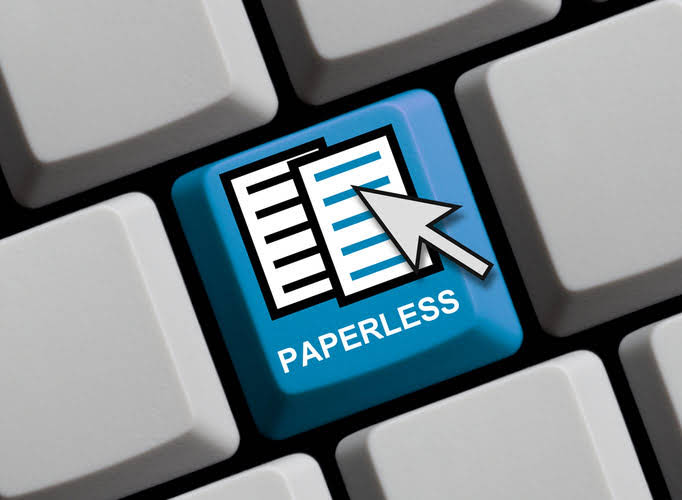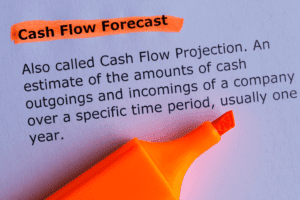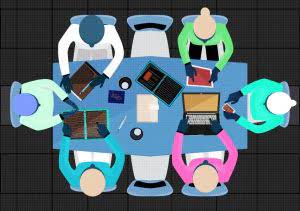
Alongside her accounting practice, Sandra is a Money and Life Coach for women in business. Long-term liabilities are any debts due more than one year in the future, while short-term liabilities account liabilities are due within the year. Equity is the value of all the assets a company holds minus any money owed. Current liabilities are used as a key component in several short-term liquidity measures.

What is your current financial priority?
- Liabilities are categorized as current or non-current depending on their temporality.
- Basically, these are any debts or obligations you have that need to get paid within a year.
- These are goods and services already delivered to a company—costs for which it must pay in the future.
- When it comes to short-term liquidity measures, current liabilities get used as key components.
- Understanding a company’s liabilities can also help assess its ability to meet debt obligations and the potential for future growth.
- Assets represent resources a company owns or controls with the expectation of deriving future economic benefits.
Below are examples of metrics that management teams and investors look at when performing financial analysis of a company. Liabilities must be reported according to the accepted accounting principles. The most common accounting standards are the International Financial Reporting Standards (IFRS). However, many countries also follow their own reporting standards, such as the GAAP in the U.S. or the Russian Accounting Principles (RAP) in Russia. Although the recognition and reporting of the liabilities comply with different accounting standards, the main principles are close to the IFRS. By keeping close track of your liabilities in your accounting records and staying on top of your debt ratios, you can make sure that those liabilities don’t hamper your ability to grow your business.
Other Definitions of a Liability
Monthly invoices help expedite deliveries and simplify the payment process. This common practice generally results in a large accounts payable liability. Depending on your payment schedule and your tax jurisdiction, taxes may need to be paid monthly, quarterly, or annually, but in all cases, they are likely due and payable within a year’s time. Both short-term and long-term liabilities include several types of liabilities which you will need to become familiar with in order to record them properly. Though not used very often, there is a third category of liabilities that may be added to your balance sheet.

Examples of liabilities
This usually happens because a liability is dependent on the outcome of some type of future event. For example, if your business is facing a potential lawsuit then you would incur liability if the lawsuit becomes successful. And if you have more debt, then you’re going to https://www.bookstime.com/articles/outstanding-checks have higher liabilities. Making sure that you’re paying off your debts regularly will help reduce your overall business liabilities. Liabilities in financial accounting need not be legally enforceable; but can be based on equitable obligations or constructive obligations.
The debt ratio

Liabilities can help companies organize successful business operations and accelerate value creation. However, poor management of liabilities may result in significant negative consequences, such as a decline in financial performance or, in a worst-case scenario, bankruptcy. Many first-time entrepreneurs are wary of debt, but for a business, having manageable debt has benefits as long as you don’t exceed your limits. Read on to learn more about the importance of liabilities, the different types, and their placement on your balance sheet. High total liabilities can indicate financial risk and potential solvency issues, whereas lower liabilities suggest better financial health.

- Accrued expenses are expenses that you’ve already incurred and need to account for in the current month, though they won’t be paid until the following month.
- Liabilities appear on the balance sheet, and current and noncurrent liabilities are categorized.
- This common practice generally results in a large accounts payable liability.
- As long as assets increase with liabilities and match each other, liabilities will be good.
- Thus, while liabilities can support growth, maintaining a healthy balance between liabilities and equity is essential for long-term financial stability.
Companies of all sizes finance part of their ongoing long-term operations by issuing bonds that are essentially loans from each party that purchases the bonds. This line item is in constant flux as bonds are issued, mature, or called back by the issuer. Liabilities are categorized as current or non-current depending on their temporality. They can include a future service owed to others such as short- or long-term borrowing from banks, individuals, or other entities or a previous transaction that’s created an unsettled obligation. Most contingent liabilities are uncommon for small businesses, but here are some that you might encounter. US GAAP requires some businesses to disclose or report contingent liabilities.
What Is a Contingent Liability?

When a company deposits cash with a bank, the bank records a liability on its balance sheet, representing the obligation to repay the depositor, usually on demand. Simultaneously, in accordance with the double-entry principle, the bank records the cash, itself, as an asset. The company, on the other hand, upon depositing the cash with the bank, records a decrease in its cash and a corresponding increase in its bank deposits (an asset). Some businesses prefer the account-form balance sheet, wherein assets are presented on the left side while liabilities and equity are presented on the right (see highlighted part).
- Understanding total liabilities is crucial for assessing a company’s financial health and stability.
- Called contingent liabilities, this category is used to account for potential liabilities, such as lawsuits or equipment and product warranties.
- It involves anticipating future financial obligations and employing strategies to meet them while maintaining solvency.
- Examples include invoices from suppliers, utility bills, and short-term debts.
- The operating cycle refers to the period of time it takes for the business to turn its inventory into sales revenue and then back into cash, which helps cover these expenses.
- A retailer has a sales tax liability on their books when they collect sales tax from a customer until they remit those funds to the county, city, or state.


